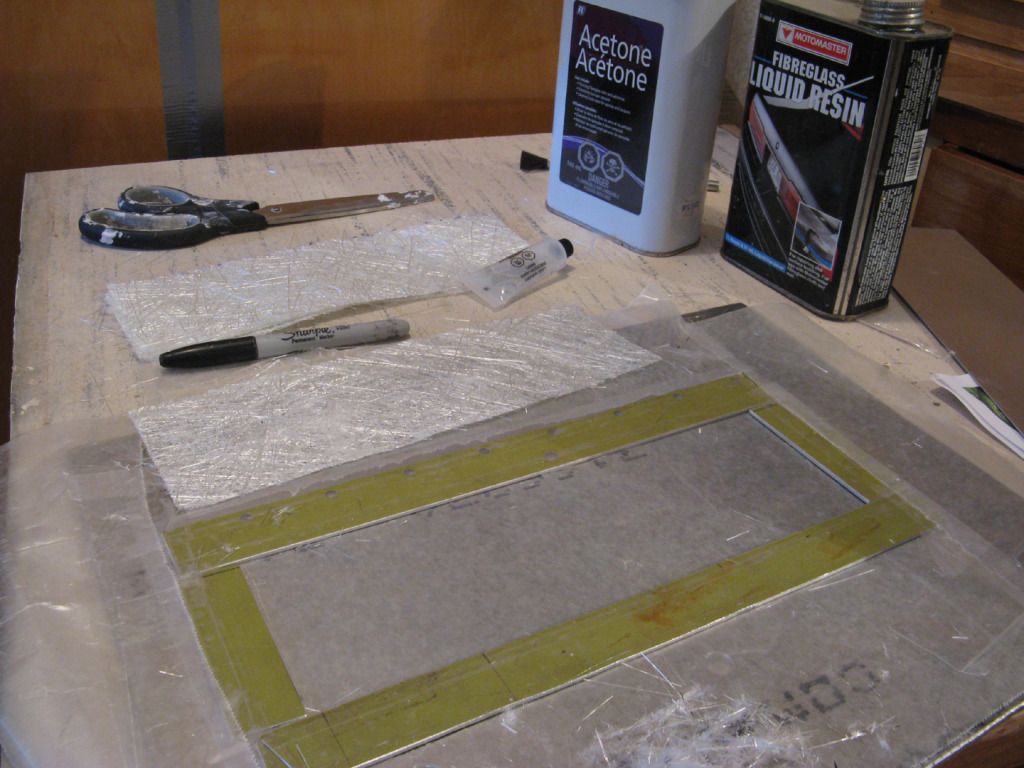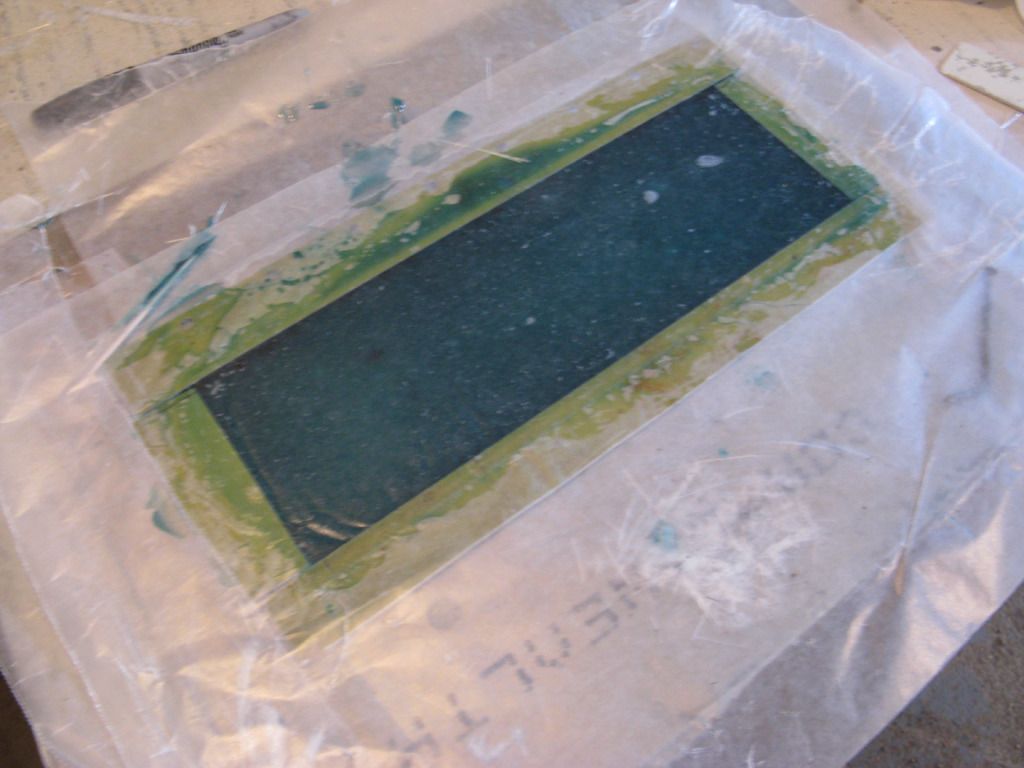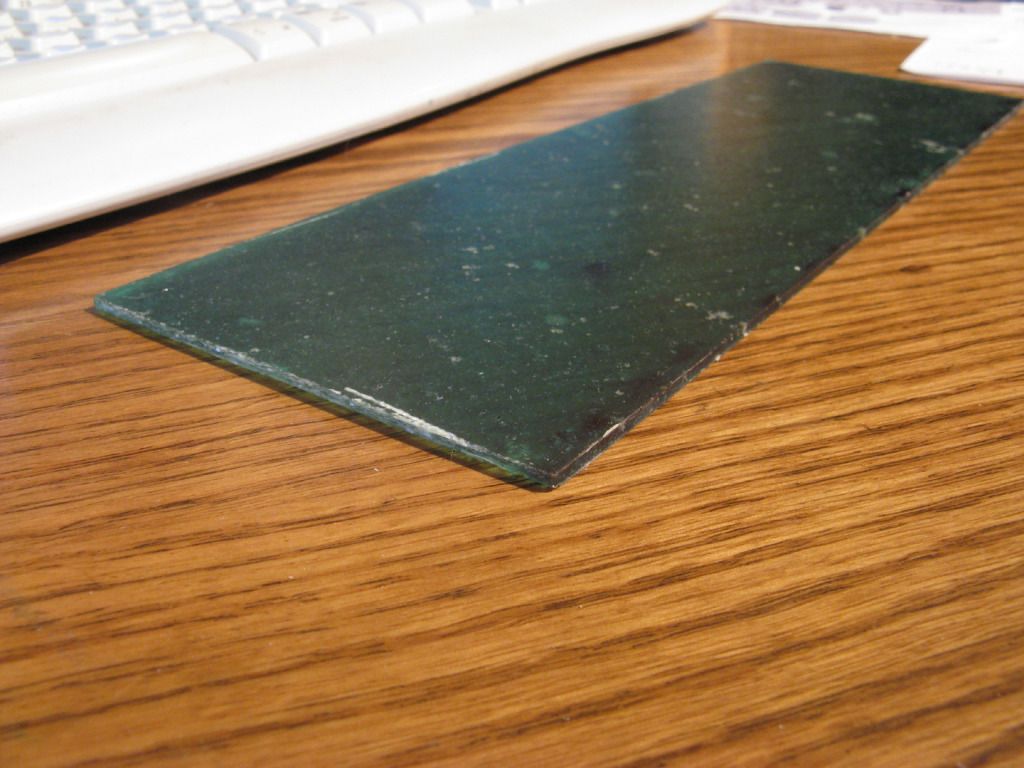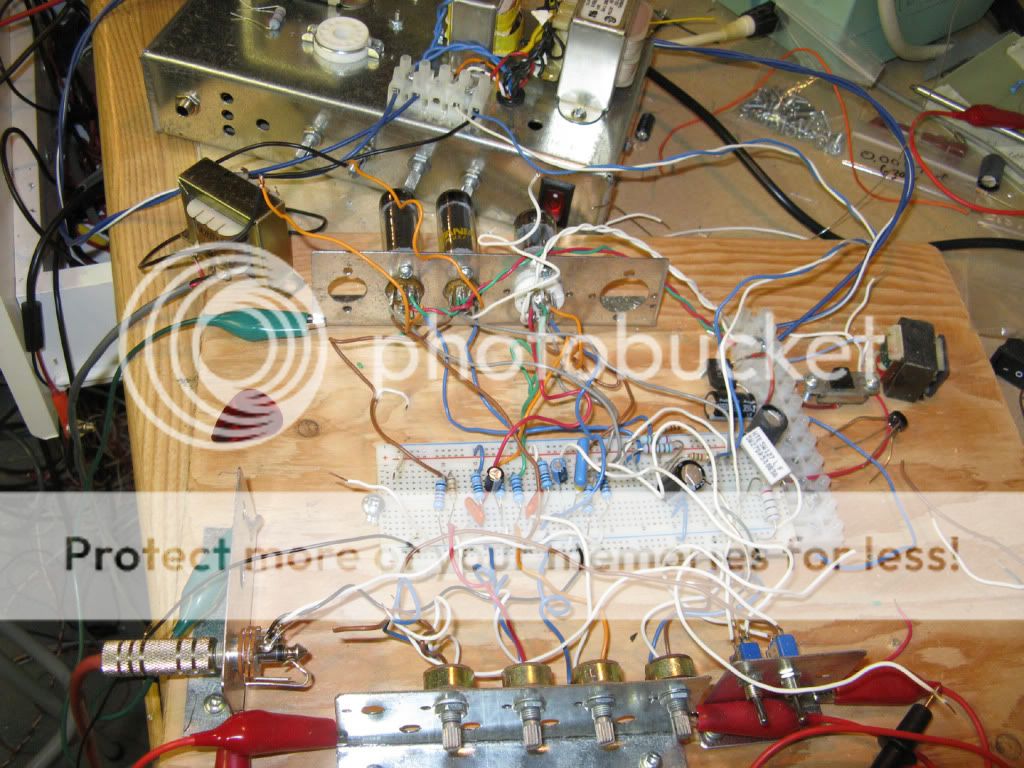Formica would probably work. Getting it heavy enough for decent rigidity in circuit boards might be a problem. And at that thickness I think the cost would prove greater than the normal options. But the cosmetic attributes are there. Especially if you have a plexi glass cabinet 








Comment